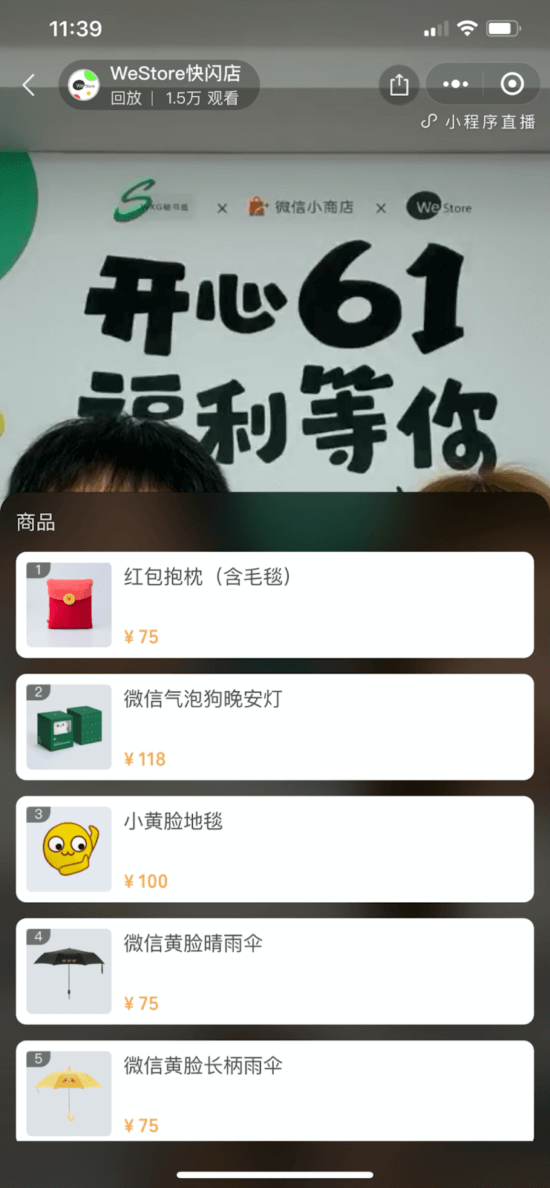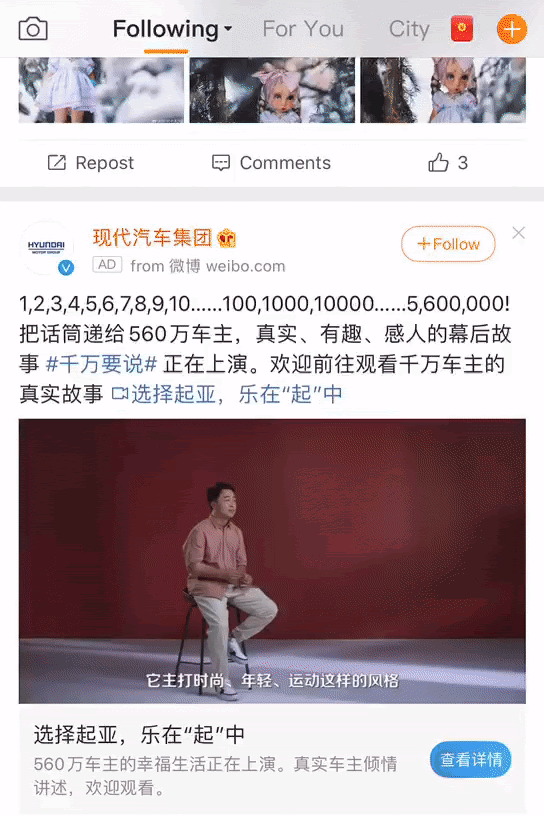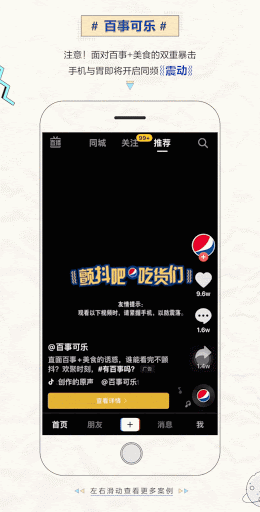Chinese social media is way ahead of the rest of the world when it comes to integrating customer experience in the funnel
The constant supply of new innovations in Chinese social media has not stopped in 2021. Many Chinese social media apps now double as payment solutions, so consumers can seamlessly move between their social media streams and make purchases without leaving the app.
Fast technology and a strong customer focus have shaped the social landscape in China. It’s only a matter of time before the Western social media ecosystem starts to adopt more commerce integrations. In this article, we explore five of the latest innovations to social media in China that have taken marketers and consumers alike by storm.
1. WeChat gesture recognition
Originally set up to mark Chinese Valentine’s Day, WeChat released a popular new feature in the summer of 2020 called gesture recognition. This is a hand gesture that uses two fingers to mimic the shape of a heart, and is incorporated into imagery across the platform. This hand gesture (shown below), is now a popular way in China to express love.

Figure 1. Example of a WeChat Gesture being used.
When users click into ads through WeChat Moments, they can use the phone camera to scan the gesture - which is why a one-handed symbol is essential - to access an interactive window which may include vouchers, gifts, or other customised content from brands. This feature deploys organically within WeChat when the user utilises the scan function, and doesn’t cost any credits.
2. WeChat Mini Stores
Social commerce is not a new feature in China. Built-in ecommerce capabilities that allow Chinese social media users to purchase directly within platforms like WeChat have been available since 2017. Back in 2019, the annual e-commerce transactions completed through WeChat Mini Programmes had already reached 800 billion Yuan ($123 billion), which is 10 times more than Amazon’s annual revenue in the US in 2019.
However, this often comes at a price. Dominating Chinese social media platforms may mean that advertisers have to pay a deposit or tech fee to maintain their storefront, or advertisers may be required to hire developers to build customised mini-programmes with integrated ecommerce functionality.
However, in late 2020, after facing strong competition from the likes of new social commerce platform, Douyin, WeChat began reducing the threshold for utilising their commerce solutions and introduced WeChat Mini Stores. This new feature is essentially a templated storefront embedded within the WeChat platform that is available to any business, and can be used free of charge. Although it is a basic application, it comes with full functionality, including a built-in live shopping function, voucher distribution system, basic product and order management and logistic management tools.

Figure 2. Live shopping functionality on WeChat Mini Stores
The launch of WeChat Mini Stores is a pivotal update for the platform because it removes limitations faced by small to medium retailers. Having a large tech budget or internal expertise is no longer a necessity for brands in order to kickstart their social commerce journey across WeChat.
3. WeChat video channel
With the rise of TikTok, Kuaishou and Bilibili, short video platforms have been dominating China’s digital landscape since 2019. WeChat’s hold on Chinese social media users is slowly declining as a result of the increasing video consumption across these alternative platforms.
To that end, in 2020, after many months of beta testing, WeChat finally launched their WeChat video channel. This new feature is a separate channel that lives in the Discovery tab, below WeChat Moments - which is equivalent to a user’s timeline. Rather than increasing the visibility of video content within users’ feed, separating the video channel feature is a smart move by WeChat, because it avoids disruption to existing content, providing users the choice for when to engage with video content.
The release of WeChat video channel gives thousands of content creators on the app a new avenue through which to share content. It has been reported that engagement rate has declined over the years for content in WeChat official accounts. This is particularly attributed to the current algorithm in the Moments tab, which only showcases content shared by friends of users. However, WeChat’s video channel uses an alternative algorithm which showcases content based on its level of engagement rather than whether you follow the account or not - giving content more chance to go viral.
Need a plan to create a winning marketing strategy?
Get started today using a tried and tested step-by-step process to optimize your marketing.
Start Now
4. Weibo instant experience ads
In 2020, Weibo made a major upgrade to its ad options with the launch of instant experience ads. Similarly to Facebook, this new ad feature emphasises the full-screen mobile experience, with the aim of shortening the path between external ad messages and landing pages.

Figure 4. Example of instant experience ad on Weibo
Before the upgrade, when users interacted with an ad on Weibo, it would normally direct them to a landing page set up by the advertiser. In many cases, this would disrupt the user experience of the ad, especially when viewing video content.
Weibo’s new instant experience ad format ensures the top of the landing page pulls in the same assets as the in-feed version for a seamless experience. This practice is already widely available for WeChat Moments ads, so Weibo was late to the game. But nevertheless, it’s here, and businesses are already starting to jump on board.
5. Douyin 4D ads
4D advertising experiences are now here! TikTok’s Chinese cousin, Douyin, just brought out a new ad feature in November 2020, which causes users’ phones to vibrate when playing video ads. This new feature aims to enhance the experience of ads across its platform, and has been tested by brands like Pepsi, where the mobile ‘shakes’ in sync with the fizz within the ad.

Figure 5. Example of 4D ad on Douyin
Users on Douyin are all about entertainment and are looking for something fun and attention-grabbing. An interactive feature like this fits into Douyin’s DNA very well.
Need a plan to create a winning marketing strategy?
Get started today using a tried and tested step-by-step process to optimize your marketing.
Start Now
Chinese social media tapping into social ubiquity
Billions of people spend most of their waking hours either on social media or ready to use it at a moment’s notice. Yet social commerce in the Western world has only taken shape in recent years: Facebook launched its own e-commerce Facebook Shops in 2020 to help small businesses sell directly on the platform; the same year Snapchat also introduced a closed beta which involves using “Native Stores” to allow purchase within the app.
China’s highly competitive social media sphere points us to a future where purchasing is part of the social experience and showcases the importance of social commerce in driving marketing initiatives.
Social media marketing in China will continue to advance and evolve, as users’ daily screen hours become increasingly scattered. To that end, international brands that are looking to engage with Chinese consumers should stay on top of the latest trends and innovations to win the battle for attention.
Ada Luo is Regional Account Director (APAC) at global digital agency
Croud. Leading a multi-national APAC team, Ada has more than six years’ experience across major digital media platforms in Asia, including Baidu, WeChat, Tencent, Weibo, Google, Douyin, and more.











